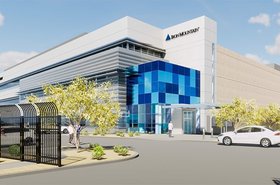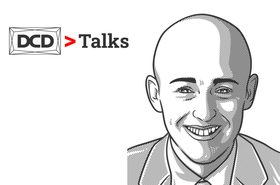The downside to cloud success is that with great power comes great responsibility. Due to their scale – and their excellent performance to date – cloud providers are becoming the de facto owners of their own ecosystems.
As the sector sails past a trillion dollars in value, more retail-type concerns are beginning to apply at the front end, creating brand and usability pressures, while large-scale outsourcing at the back end is needed to satisfy constant demand and open up new markets.
Users are asking for more insights, simplicity, and flexibility, and third parties (say CloudFix or Cloudwiry) are highlighting and filling the gaps.
A recent IDC Cloud Pulse survey does a good job of setting out where and why the definition of trust is extending beyond traditional customer satisfaction, and the areas in which cloud service providers need to focus.
These include the range of available applications, quality of vendor partnerships, delivery models, interoperability and cloud egress options.
IDC also argues that Covid has allowed purchasers to reflect on longer-term strategies and goals and how they align with cloud usage. The new key trust factors here are data protection and sovereignty and every aspect of sustainability.
The expanding role of infrastructure
Among the most important partnerships to address these concerns is the one between CSPs and their data center infrastructure providers.
Infrastructure providers can enhance cloud appeal to users by offering as-a-service customers: greater environmental responsibility and transparency; more Edge options in more places; and easier access at the core to specialist partners and services.
Environment
With downtime costing customers up to $1 million an hour, security, resilience and uptime are still at the heart of the data center. But environmental impact now runs a close second.
According to Accenture, 44 percent of CEOs are mapping out net-zero futures for their organizations, and data center builders and operators need to keep pushing impact down on all fronts.
PUEs below 1.2 are the norm now, and 100 percent renewable power should be part of the package, but some providers can also offer (and share the benefits of) on-site power generation, hour-by-hour load matching of renewables to operations, embodied build impact and IT asset lifecycle management and recycling. These all matter more when you are seeking trust.
Edge
There is a race to the Edge, with platform and infrastructure providers launching local zones that can offer more and faster services over 5G.
Many of these services will rely on micro data centers located within a few milliseconds of end-users for Edge processing. Because there is a great deal more Edge than core, this will require a new level of partnership with the data center and telecom industries.
Getting the staff, security standards and permissions over such a wide footprint will require creativity and resourcefulness from a data center industry which has traditionally built more of the same in the same place.
Ecosystems
Ecosystems have always mattered, but now that they are part of the cloud they matter more than ever.
Sector-specific and other specialist solutions are generating hundreds of new partnerships per provider per year, and this new functionality can be bolted on almost instantly via APIs. Combine this with the lower latency demanded by 5G apps (AR, VR, IoT) and end-to-end ecosystems under one roof can give service providers a valuable performance advantage.
Long-term partners
Finally, there is the trust required to move from infrastructure provider to partner. Colocation providers can cement their relationships with cloud providers by offering facilities on a white label basis on-campus. But they need to be a good long-term bet.
Can they build a new data center fast enough? Are their standards higher than those currently required by cloud end-users? Will they stay higher? Will the relationship last long enough to have real strategic value?
If the answer to these questions is yes, and they can also tick the edge, environment and ecosystem boxes, then they are well placed to share in the cloud success story for years to come.
For more detail on the above, read ‘Your friendly neighbourhood cloud: An overview of the current challenges, drivers and opportunities for Cloud Service Providers’
More from Iron Mountain Data Centers
-

Sponsored Iron Mountain constructs first-ever BREEAM certified data center in North America
Iron Mountain Data Centers leads the way in its commitment to ESG goals
-

Moving (iron) mountains
A look at the company’s journey, and how it got to where it is today
-

Sponsored Edge and the long term opportunities for colocation providers
How global providers are addressing the rise in demand for Edge facilities


